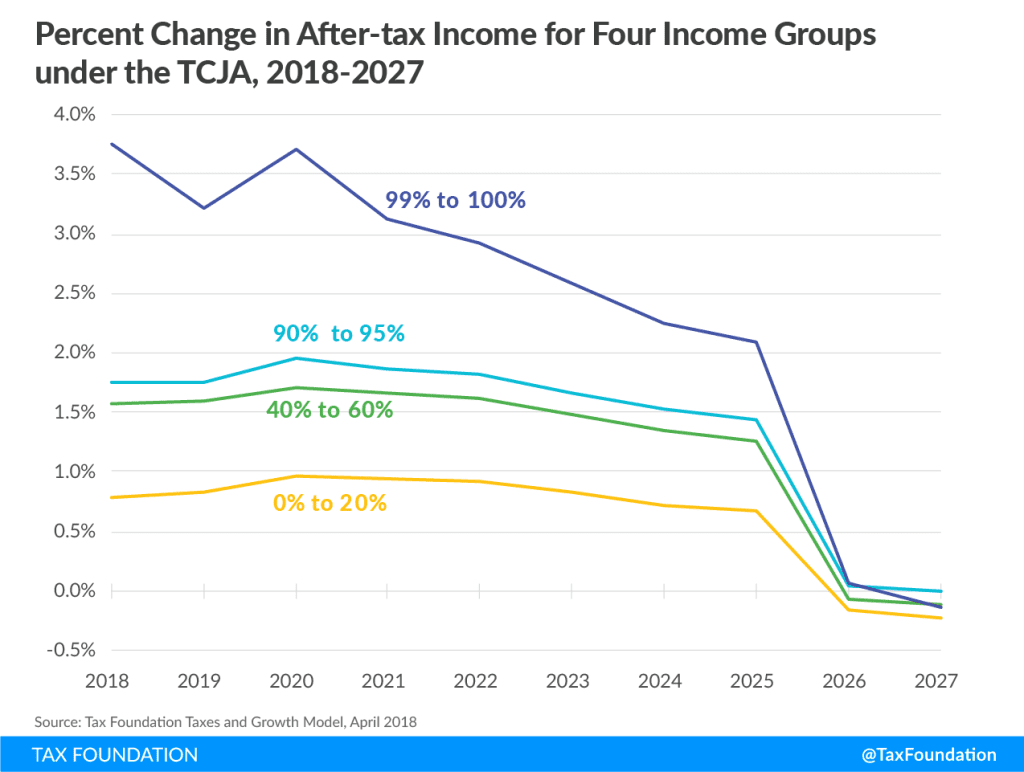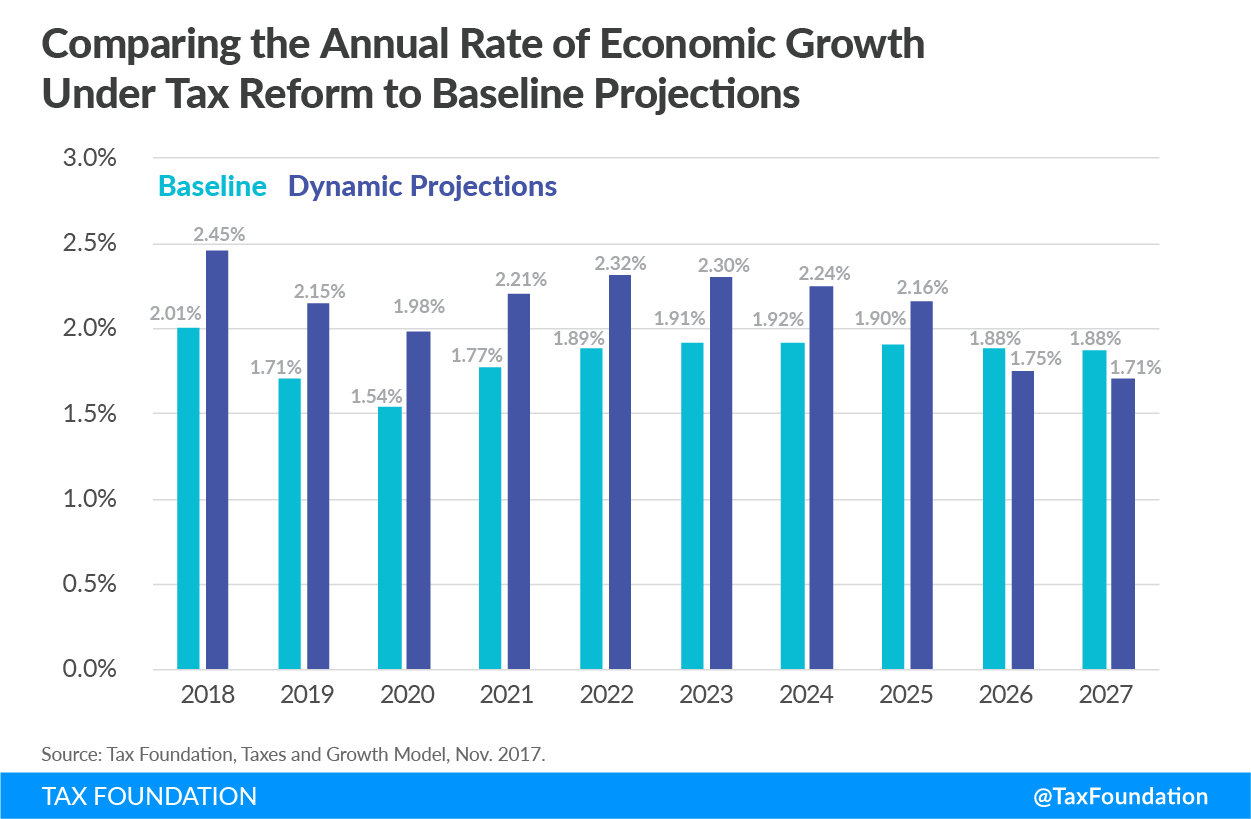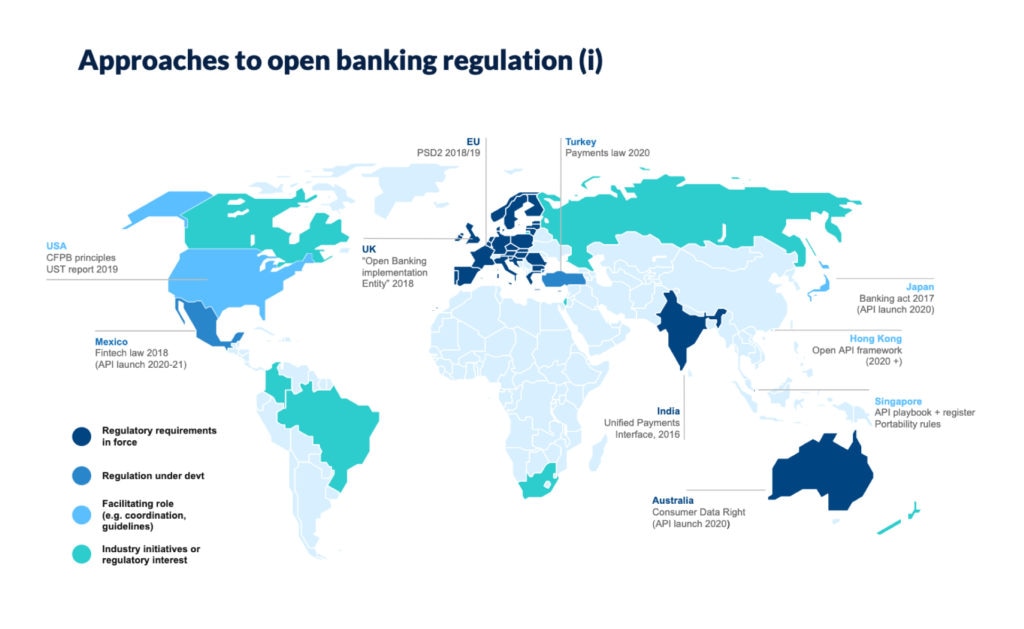
Unlocking Growth: The Impact of Tax Cuts on Job Creation – A Simple Guide
The idea of cutting taxes often sparks lively debates. One of the most frequently discussed potential benefits is its impact on job creation. But how exactly do tax cuts, which seem like just numbers on a page, translate into more people getting hired and the economy growing?
This article will break down the complex relationship between tax cuts and job creation in an easy-to-understand way, perfect for beginners trying to grasp this crucial economic concept.
What Exactly Are Tax Cuts?
Before we dive into jobs, let’s quickly define what we mean by "tax cuts." Simply put, a tax cut means the government takes a smaller percentage of money from individuals or businesses in the form of taxes.
These cuts can come in many forms:
- Income Tax Cuts: You keep more of the money you earn from your salary.
- Corporate Tax Cuts: Businesses pay a lower percentage of their profits in taxes.
- Capital Gains Tax Cuts: People pay less tax on profits made from selling investments like stocks or property.
- Small Business Tax Cuts: Special reductions aimed at smaller companies.
Now, let’s explore how these cuts are believed to influence the job market.
The Core Idea: How Tax Cuts Could Create Jobs (The "Theory")
The main argument for how tax cuts lead to job creation is based on the idea of incentives and increased resources. Think of it like this: if you have more money, you can do more things. The same logic applies to individuals and businesses.
1. For Businesses: More Money, More Opportunities
When businesses pay less in taxes, they effectively have more money left over. What can they do with this extra cash?
- Invest in Expansion: They might buy new equipment, upgrade technology, or build new facilities. This expansion often requires hiring more people to operate the new resources.
- Research and Development (R&D): With more funds, companies can invest in developing new products or services. This innovation often creates new types of jobs (e.g., scientists, engineers, marketers).
- Hire More Employees: Directly, businesses might decide to expand their workforce because they have the financial capacity to pay more salaries and benefits.
- Increase Wages: While not direct job creation, higher wages can make jobs more attractive, potentially drawing more people into the workforce or increasing productivity, which can indirectly lead to more hiring.
- Become More Competitive: Lower taxes can make a country more attractive for businesses to operate in, encouraging foreign companies to set up shop or domestic companies to expand rather than move operations elsewhere. This can safeguard existing jobs and create new ones.
2. For Individuals: More Spending, More Saving, More Startups
When individuals pay less in taxes, they also have more disposable income – more money to spend or save.
- Increased Consumer Spending: If people have more money in their pockets, they are likely to spend more on goods and services (e.g., clothes, dining out, entertainment, cars). This increased demand for products and services encourages businesses to produce more, which often means hiring more staff.
- Increased Savings and Investment: People might choose to save or invest their extra money. This money often finds its way into the financial system, becoming available for businesses to borrow and invest in their own growth, which, as we’ve seen, can lead to job creation.
- Entrepreneurship: Some individuals might use their increased savings or newfound financial flexibility to start their own businesses. Every new business, even a small one, has the potential to create jobs – first for the owner, and then potentially for employees as it grows.
Different Types of Tax Cuts and Their Specific Impact
While the general theory holds, the type of tax cut can influence where and how jobs are created.
- Corporate Tax Cuts: These are directly aimed at businesses. Proponents argue they are highly effective at stimulating business investment and job growth because they directly increase a company’s profits, providing capital for expansion.
- Impact: More likely to encourage large-scale hiring, R&D, and capital expenditure by established companies.
- Individual Income Tax Cuts: These put money directly into the hands of consumers.
- Impact: More likely to boost consumer demand, benefiting industries that rely on household spending (retail, services). They can also empower individuals to start small businesses.
- Small Business Tax Cuts: Often overlooked, but crucial. Small businesses (those with fewer than 500 employees) are often called the "engines of job creation" because they account for a huge percentage of new jobs in an economy.
- Impact: Direct financial relief for often struggling businesses, allowing them to hire their first employees, expand their local presence, or simply survive tough times. This has a very direct and visible impact on local employment.
The "Magic Ingredients": Beyond Just Money
While having more money is key, the effectiveness of tax cuts in creating jobs also depends on a few other "magic ingredients":
- Business Confidence: Even if businesses have more money, they won’t invest or hire if they’re uncertain about the future of the economy. Tax cuts can signal a government’s pro-business stance, boosting confidence and encouraging them to take risks.
- Economic Conditions: Tax cuts tend to have a stronger impact during times of economic slowdown when businesses are holding back. During a booming economy, their effect might be less noticeable as businesses are already growing.
- Regulatory Environment: If starting or expanding a business is too complicated due to excessive rules and regulations, even generous tax cuts might not be enough to spur significant job growth. Tax cuts work best when combined with a supportive overall business environment.
It’s Not Always Simple: Other Factors to Consider
While the theory of tax cuts leading to job creation is compelling, the real world is often more complicated.
- Where Does the Money Go? Businesses might use their tax savings for things other than hiring or investment, such as paying down debt, increasing dividends for shareholders, or buying back their own stock. While these actions can still benefit the economy in other ways, they don’t directly create jobs.
- Government Debt: Tax cuts reduce government revenue. If this isn’t offset by spending cuts, it can lead to increased government debt. High debt can have its own negative long-term economic consequences, potentially offsetting some of the benefits of job creation.
- Consumer Demand: If consumers don’t have the desire or need to buy more goods and services, businesses won’t expand, regardless of their tax savings. Jobs are ultimately created when there’s a demand for products or services.
- Automation: In some industries, businesses might invest in automation (robots, AI) rather than hiring more people, even with tax incentives. This can increase productivity but might not create jobs at the same rate.
Real-World Examples: A Mixed Bag
Historically, economists often look at periods following significant tax cuts to see their impact. For example, tax cuts under presidents like Ronald Reagan, George W. Bush, and Donald Trump were all argued to stimulate job growth.
However, it’s incredibly difficult to isolate the effect of just tax cuts. Many other factors influence the economy at the same time:
- Global economic conditions
- Technological advancements
- Interest rates
- Government spending
- Unexpected events (like a pandemic or a natural disaster)
Because of this, economists often disagree on the exact degree to which tax cuts alone lead to job creation. It’s rarely a straight line from "tax cut" to "new jobs," but rather one piece of a much larger economic puzzle.
Conclusion: A Powerful Tool, But Not the Only One
The impact of tax cuts on job creation is a fascinating and often debated topic. The theory suggests that by leaving more money in the hands of businesses and individuals, tax cuts can create powerful incentives for investment, spending, and entrepreneurship, all of which are vital for fostering a thriving job market.
However, it’s crucial to remember that tax cuts are just one tool in a policymaker’s toolbox. Their effectiveness in creating jobs is often amplified when combined with other positive economic conditions, strong business confidence, and a supportive regulatory environment. Understanding this complex interplay helps us appreciate the nuances of economic policy and its real-world effects on our lives and livelihoods.



Post Comment